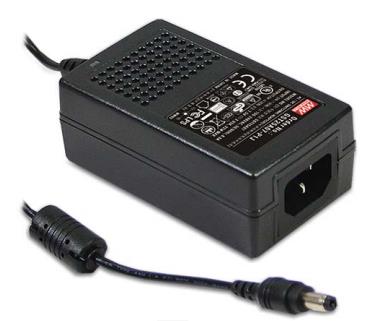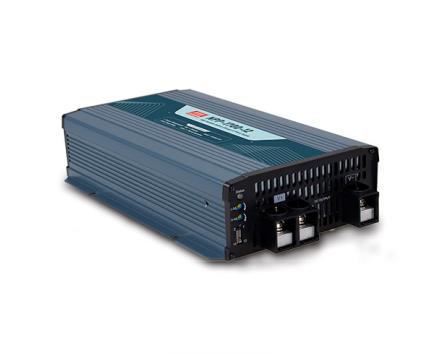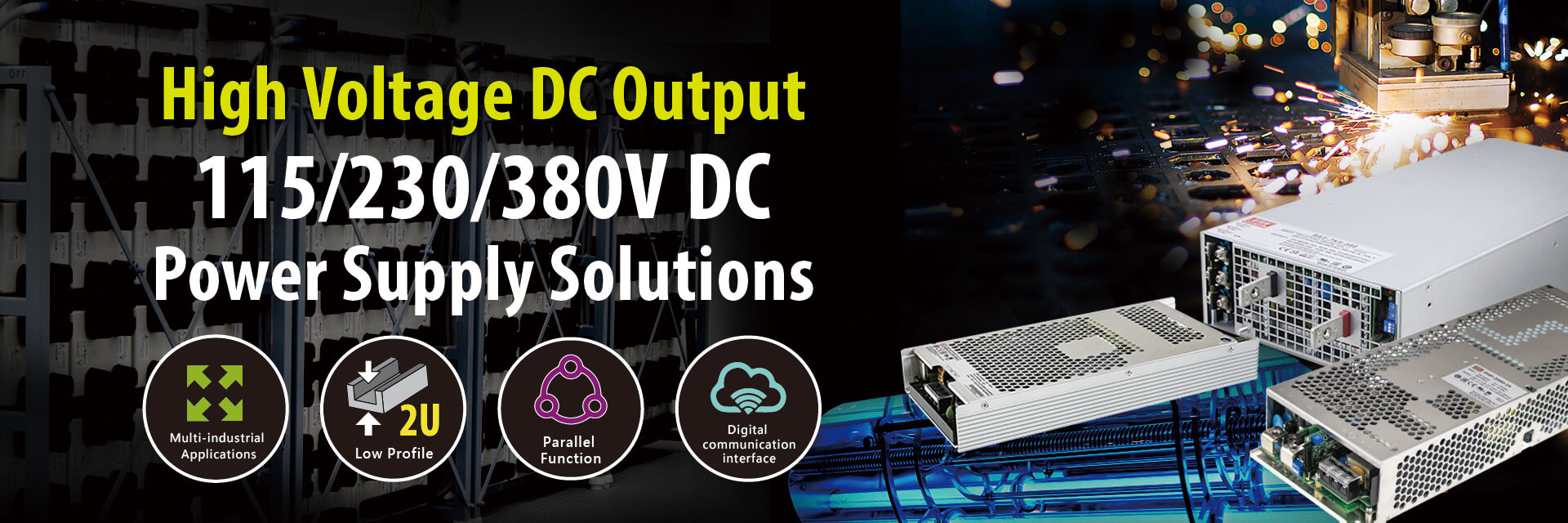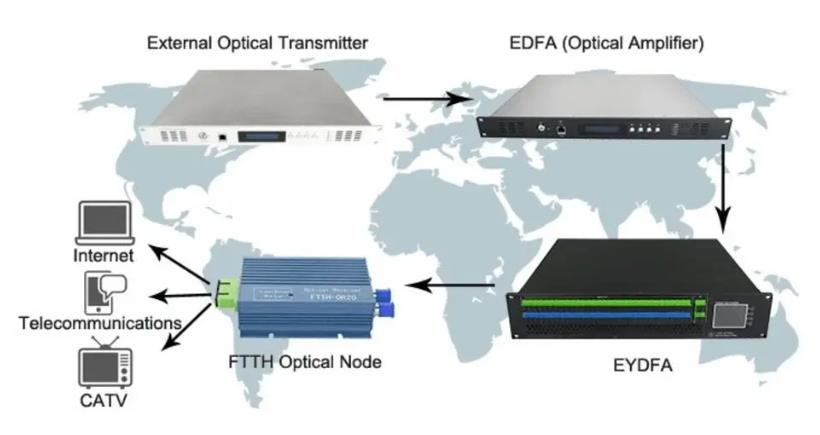LED lighting has become an increasingly popular option due to its energy efficiency, longevity, and low-carbon footprint. To properly power LED lighting, it is important to consider the switching power supply, or SPS. Here are some key considerations for LED switching power supplies.
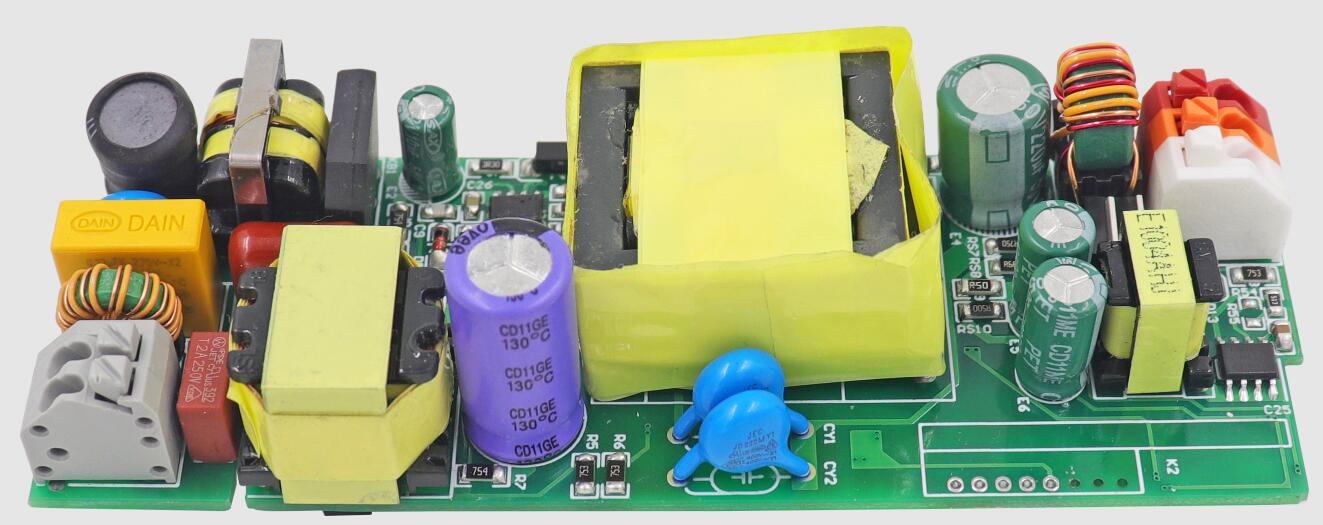
Firstly, it is vital to consider the input voltage range of the SPS. Since LEDs require a constant current source, the SPS must be able to regulate the input voltage to provide a stable current. Additionally, it is important to select an SPS with a high enough power factor to minimize power losses.
Secondly, it is important to consider the output voltage of the SPS. The output voltage should be carefully selected to match the forward voltage of the LEDs. If the output voltage is too high, it can damage the LEDs, while if it is too low, the LEDs may not receive enough current to function properly.
Thirdly, it is important to consider the switching frequency of the SPS. Higher switching frequencies allow for smaller and more efficient power supplies, but can also lead to greater electromagnetic interference (EMI) emissions. Conversely, lower switching frequencies result in larger and less efficient power supplies, but also result in lower EMI emissions.
Finally, it is important to consider the thermal management of the SPS. Since switching power supplies generate heat during operation, it is crucial to ensure that they are properly cooled to prevent overheating and potential failure.
In summary, when selecting an LED switching power supply, it is important to consider the input voltage range, output voltage, switching frequency, and thermal management. By carefully considering these factors, you can ensure the selection of an appropriate and reliable SPS for your LED lighting application.
